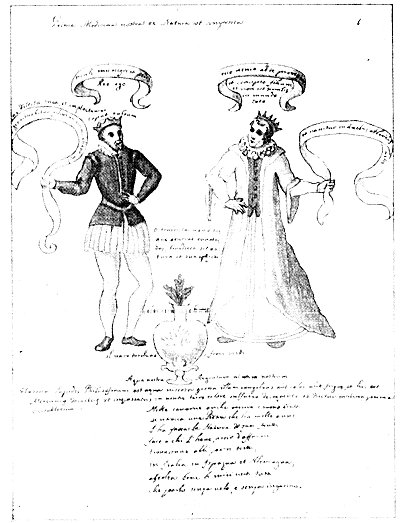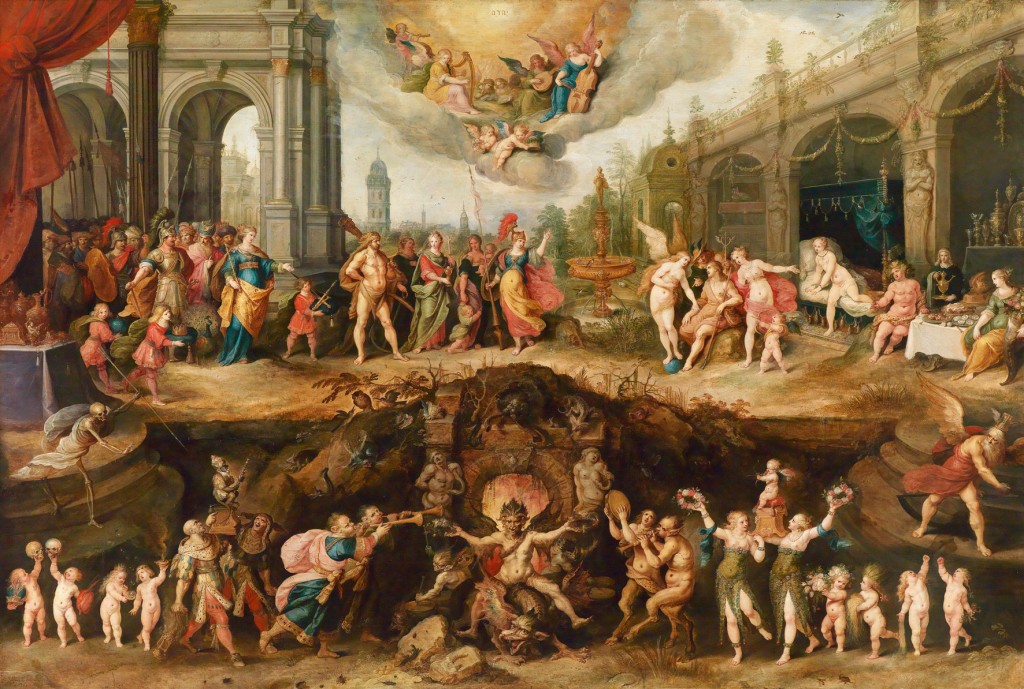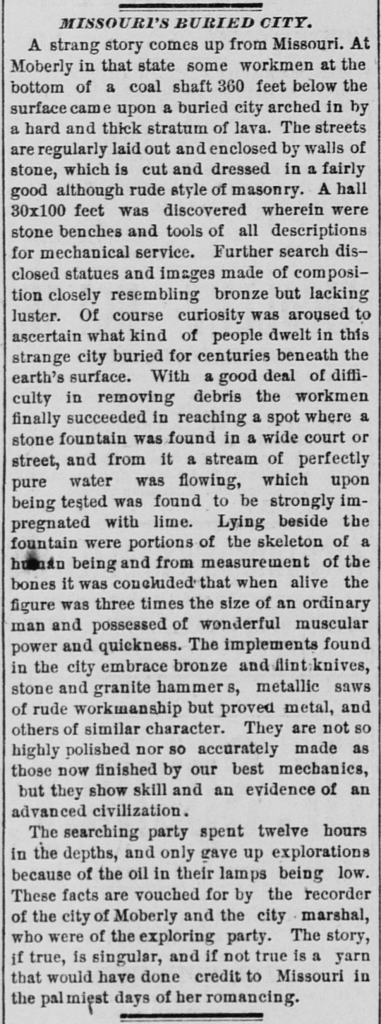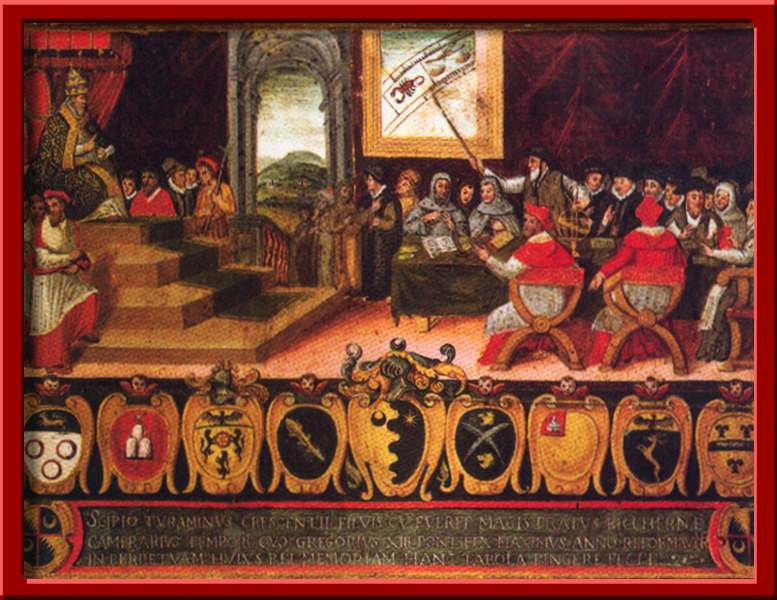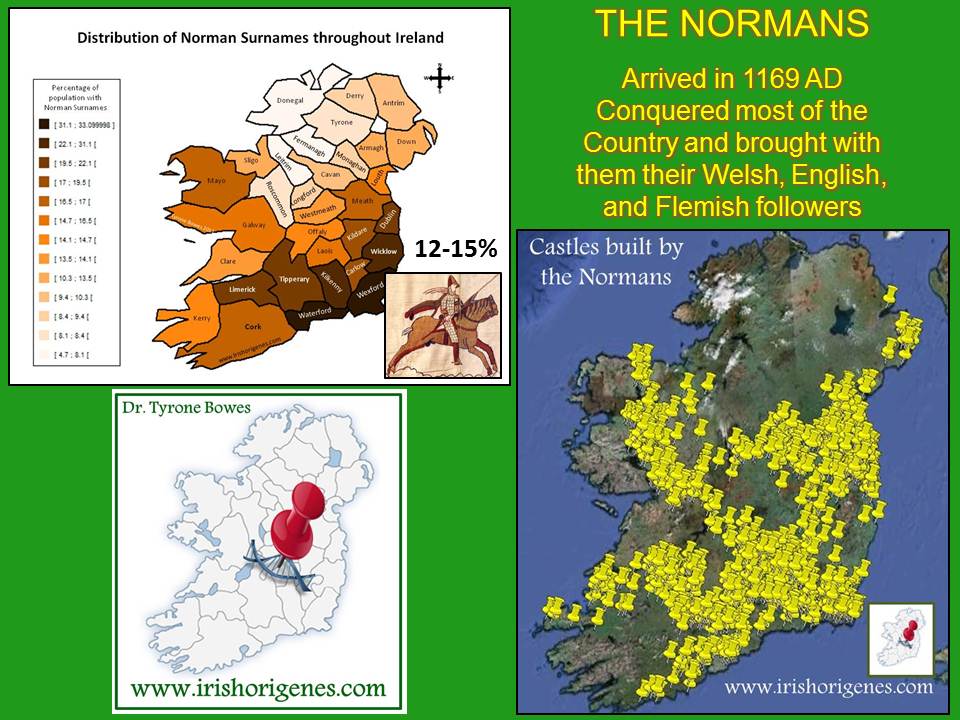An ancient 17th century manuscript describing the procedure for making mercury that was handwritten by Issac Newton proves he was 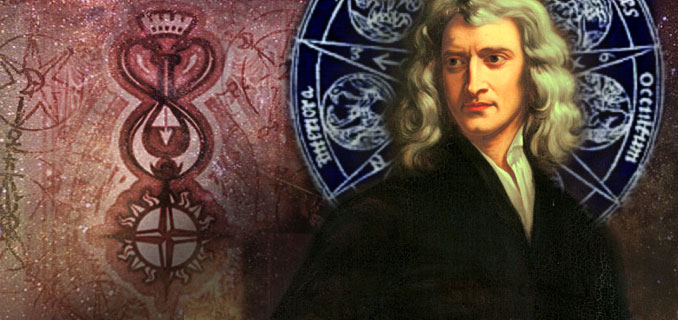
an alchemist. The original manuscript was first published in 1678.
Mercury is the famous substance that many alchemists thought could turn lead into gold. A process that is also known as the discovery of The Philosopher’s Stone, or the Elixir of Life.
Chemistry World had reported: “It is likely Newton used the text as a reference when conducting his own alchemical experiments, although it is unclear whether he ever tried to make sophick mercury. There is no mention of the process in his laboratory notebook, which is currently kept at the University of Cambridge in the UK. But Voelkel says it ‘would not have been out of character’ for him to attempt it.
As well as the copied text, the manuscript includes a description of one of Newton’s own experiments. ‘It’s often the case with Newton’s manuscripts that if they lie around long enough he turns them over and writes something else on the back,’ says Voelkel. ‘In this case there is a note of an experiment that he did. It’s a recipe for distilling a volatile spirit out of lead ore … which corresponds nicely with Newton’s interpretation with various alchemical authors.’
 The manuscript had been bought by the US’s Chemical Heritage Foundation (CHF) after being kept in a private collection for decades.
The manuscript had been bought by the US’s Chemical Heritage Foundation (CHF) after being kept in a private collection for decades.
In 1936, Sotheby’s released a catalogue describing three hundred twenty-nine lots of Newton’s manuscripts, of which over a third were filled with content that was undeniably alchemical. These manuscripts, which had been labeled “not fit to be printed” upon Newton’s death in 1727.
It has been reported that Issac Newton also believed that a Diana’s Tree, an alchemical demonstration producing a dendritic “growth” of silver from solution, was evidence that metals “possessed a sort of life.”

Moe is the founder of GnosticWarrior.com. He is a father, husband, author, martial arts black belt, and an expert in Gnosticism, the occult, and esotericism.

